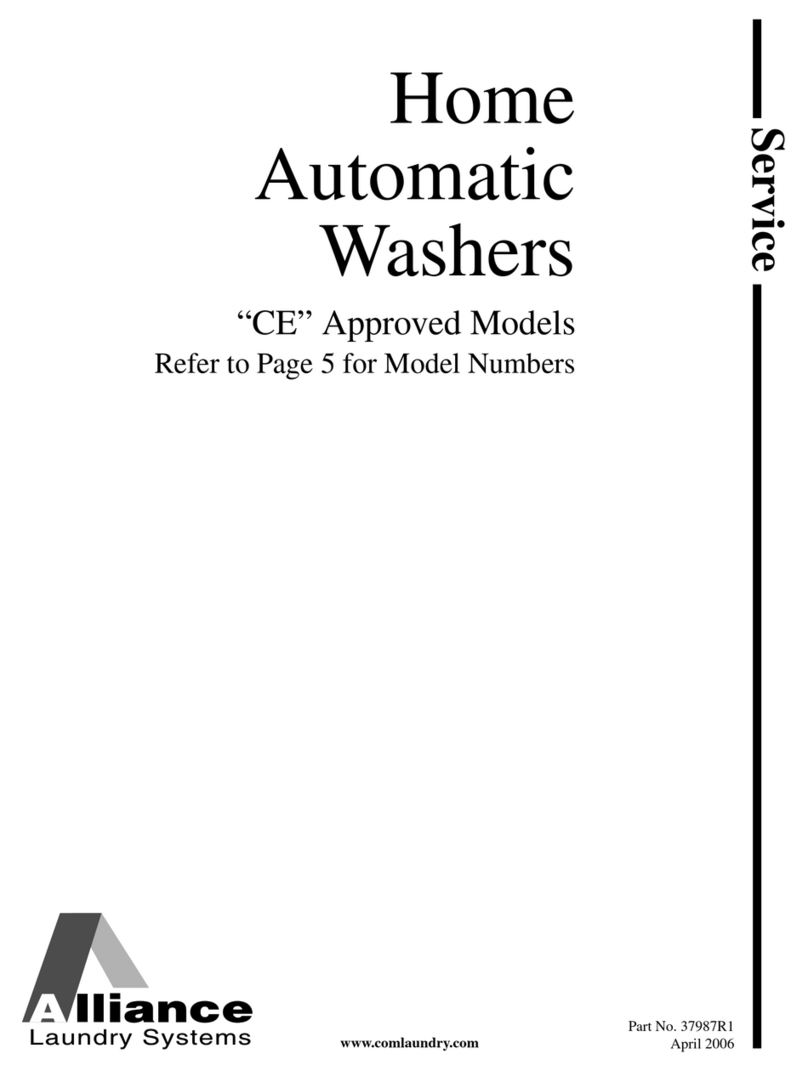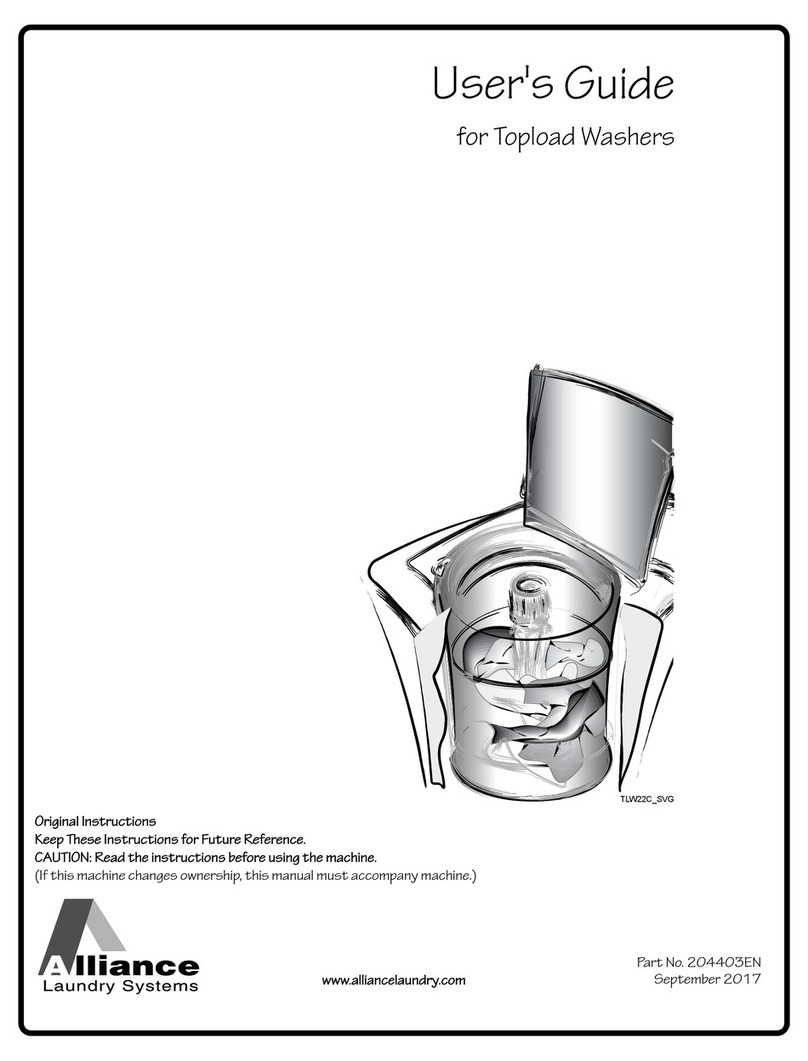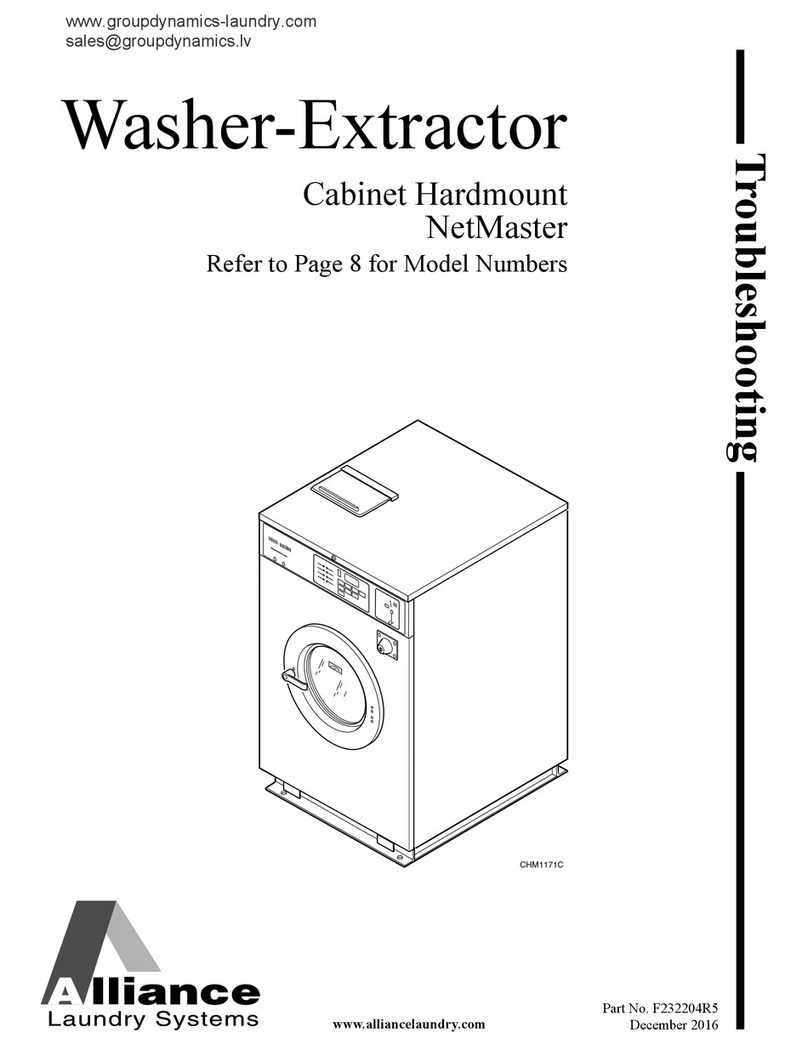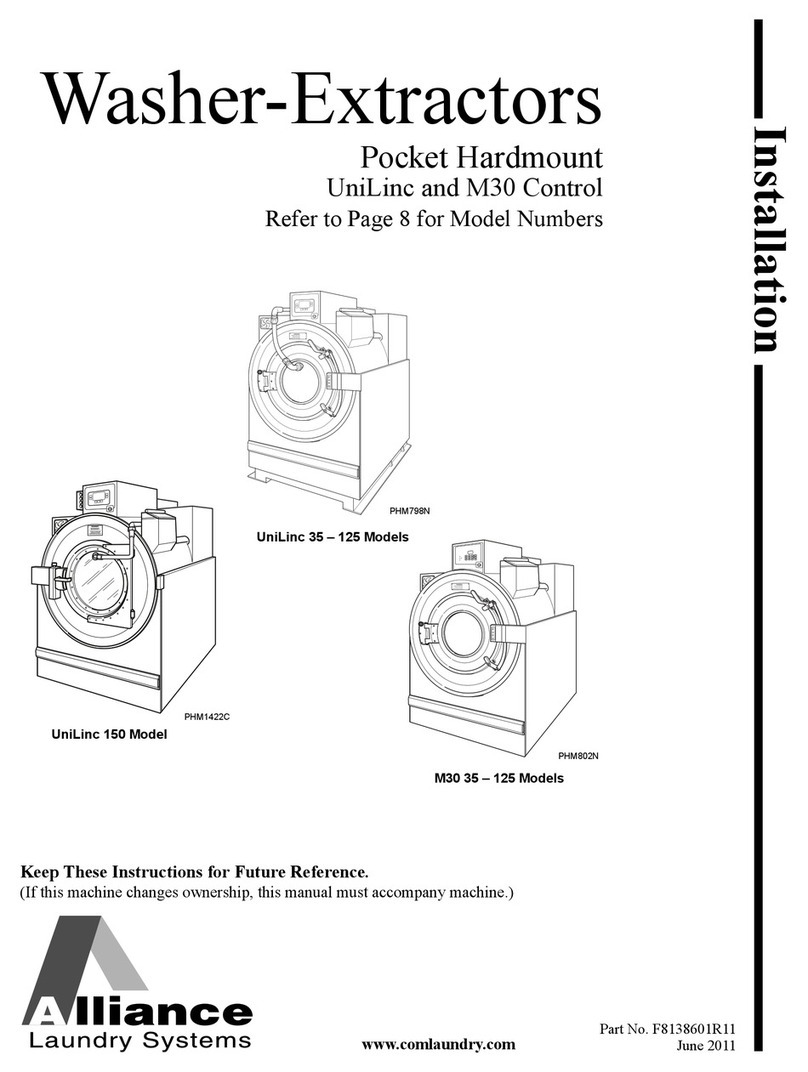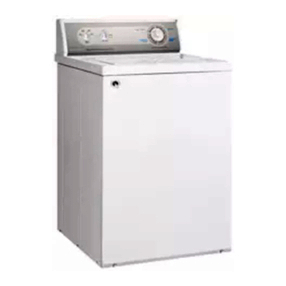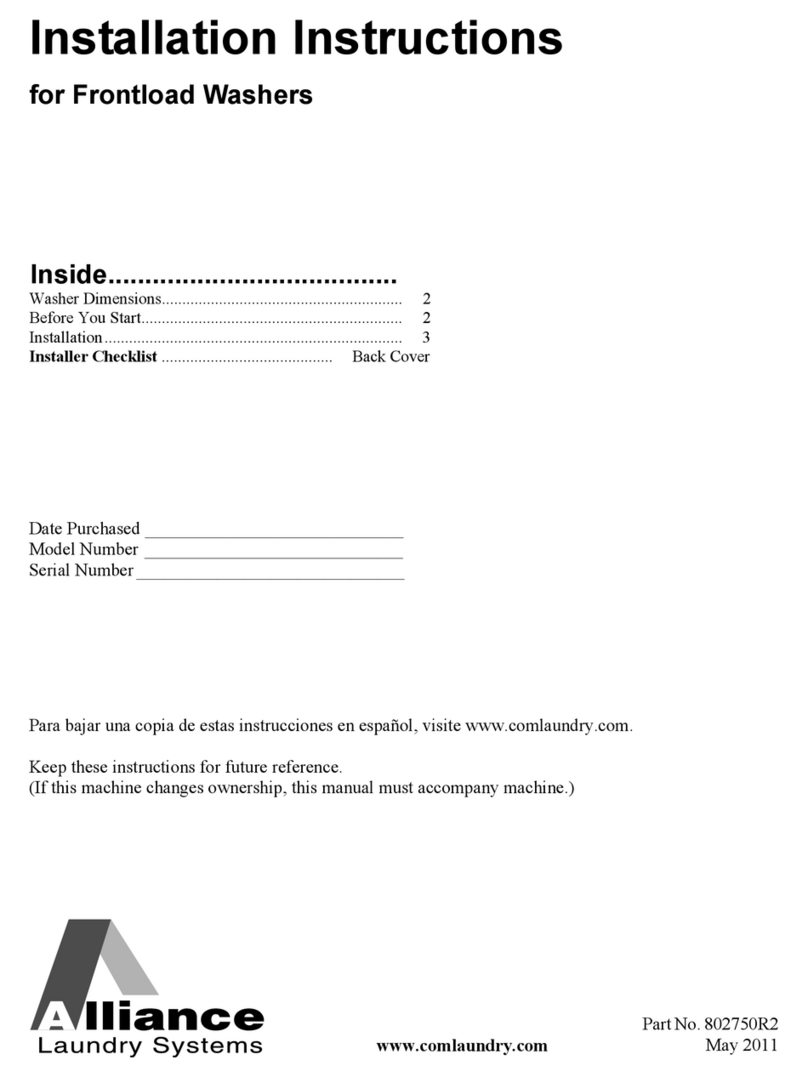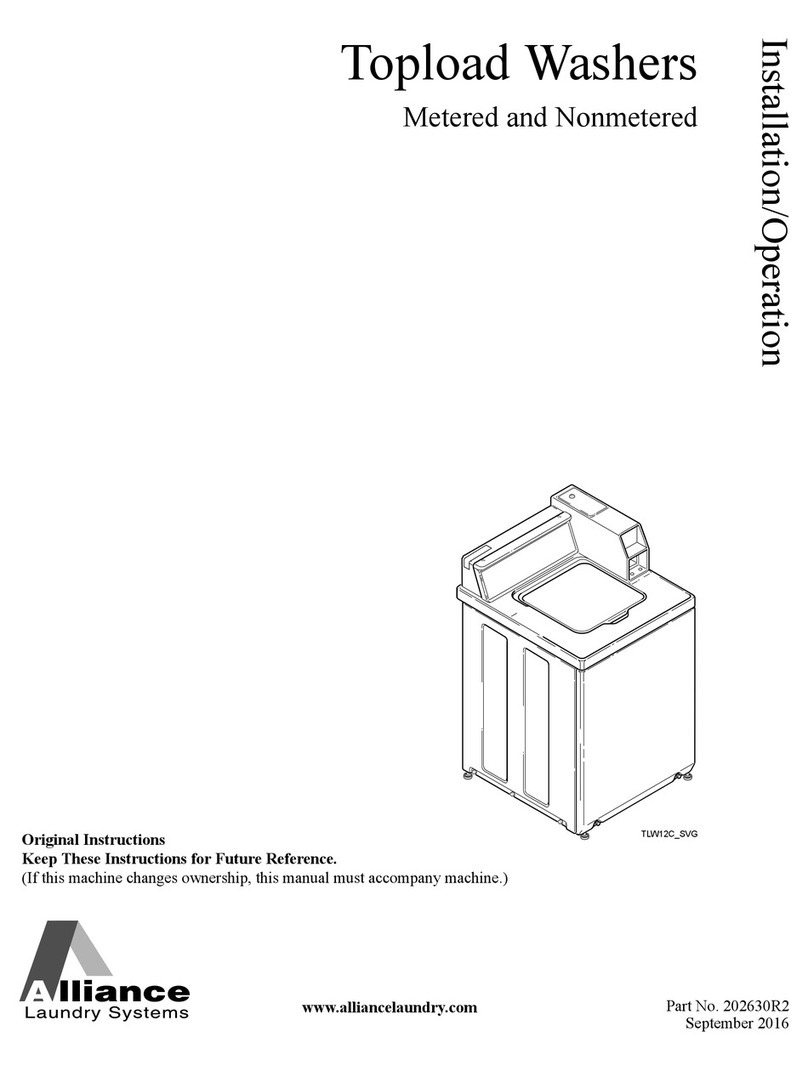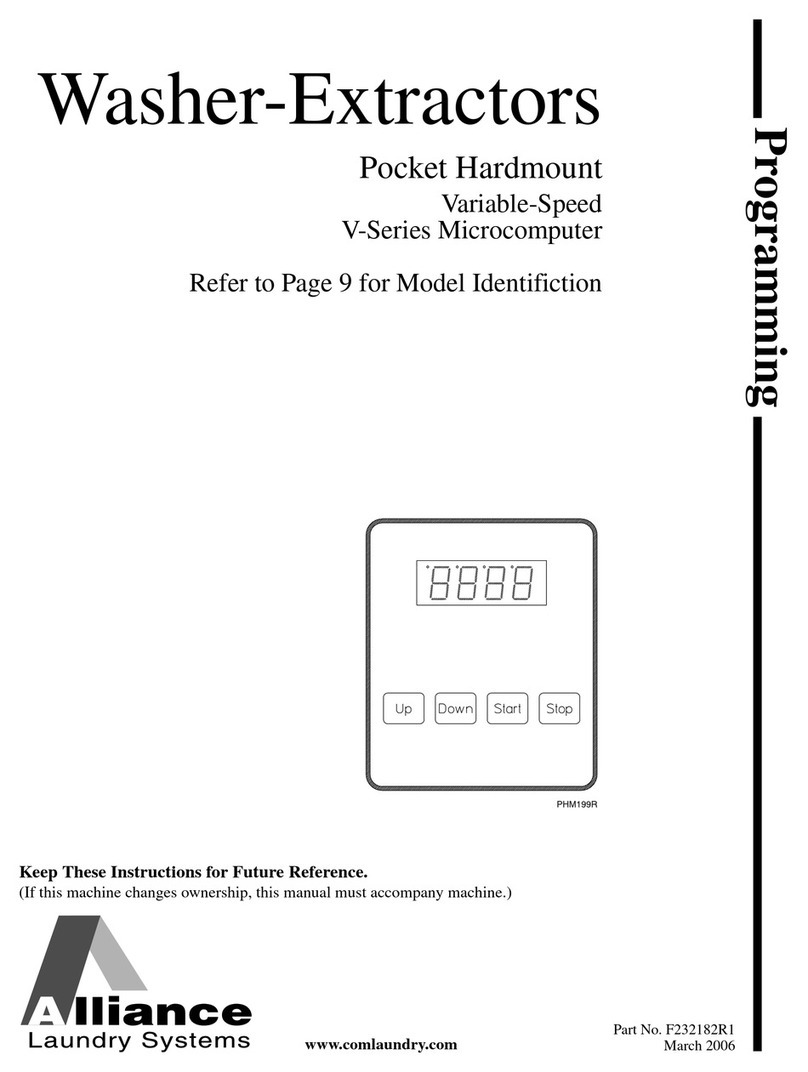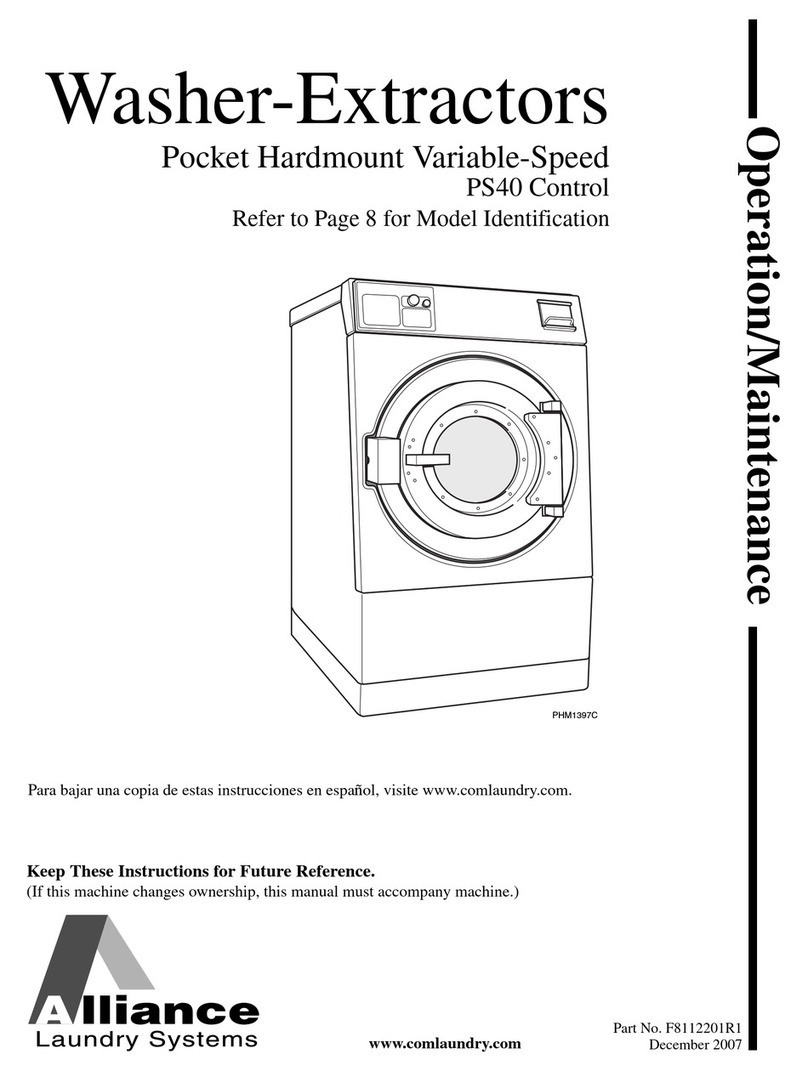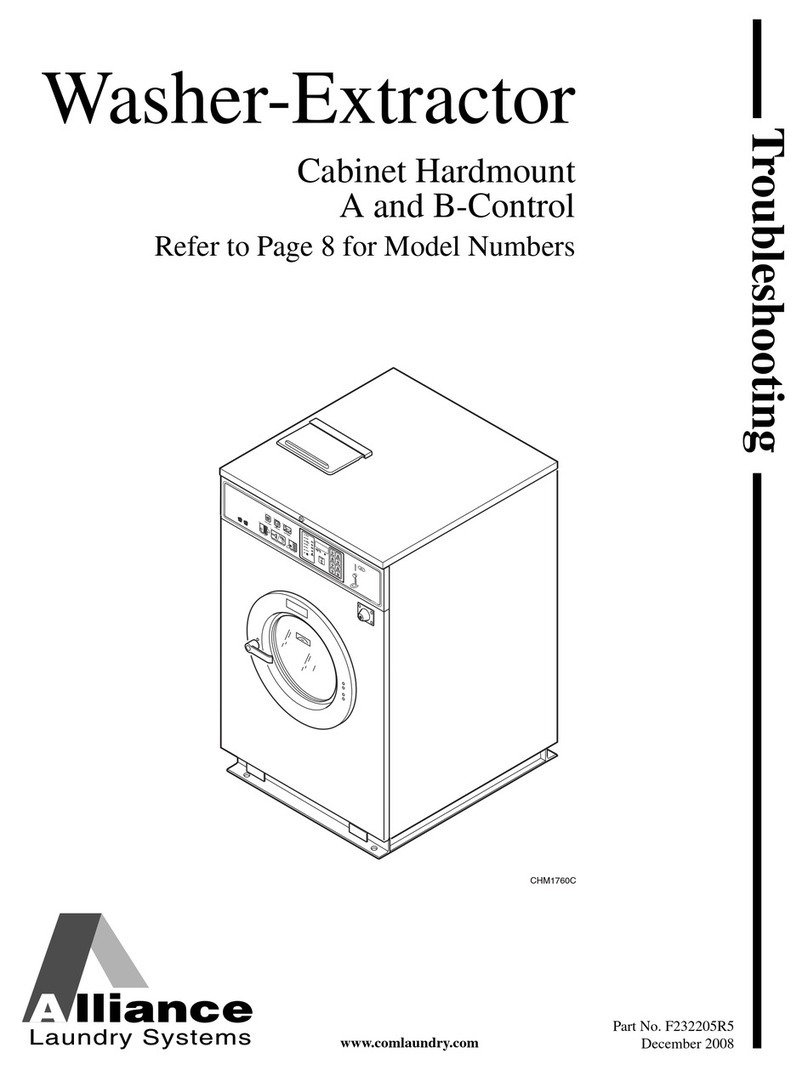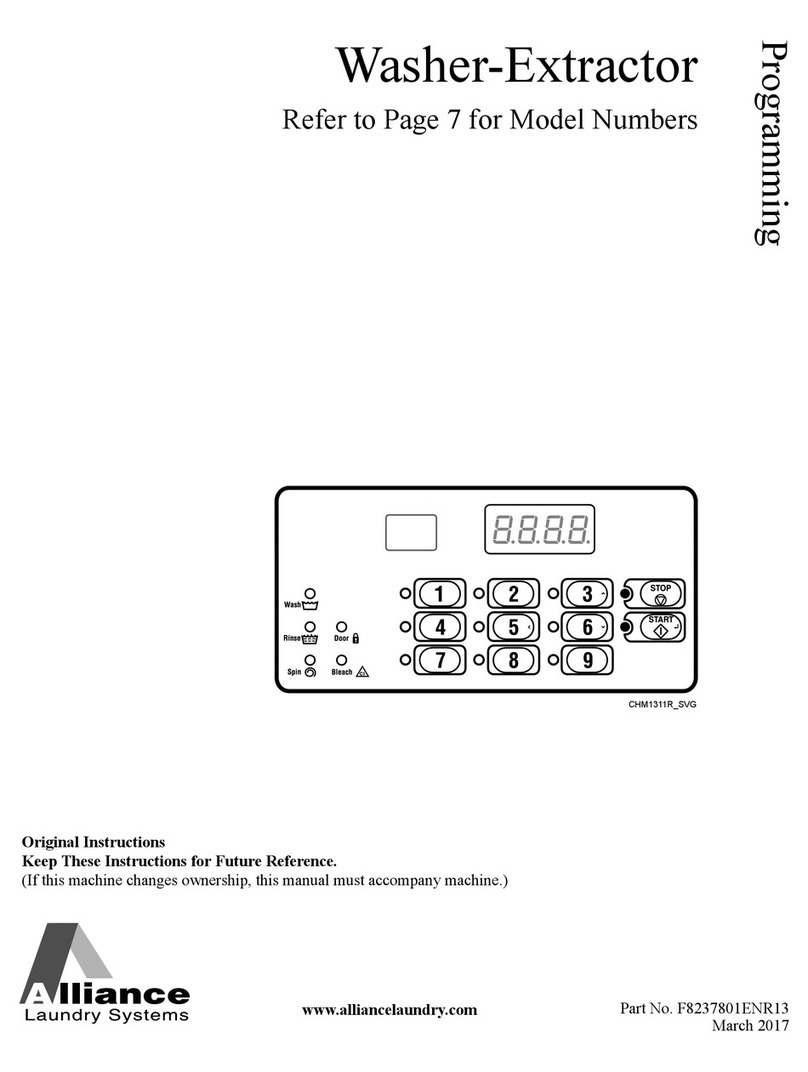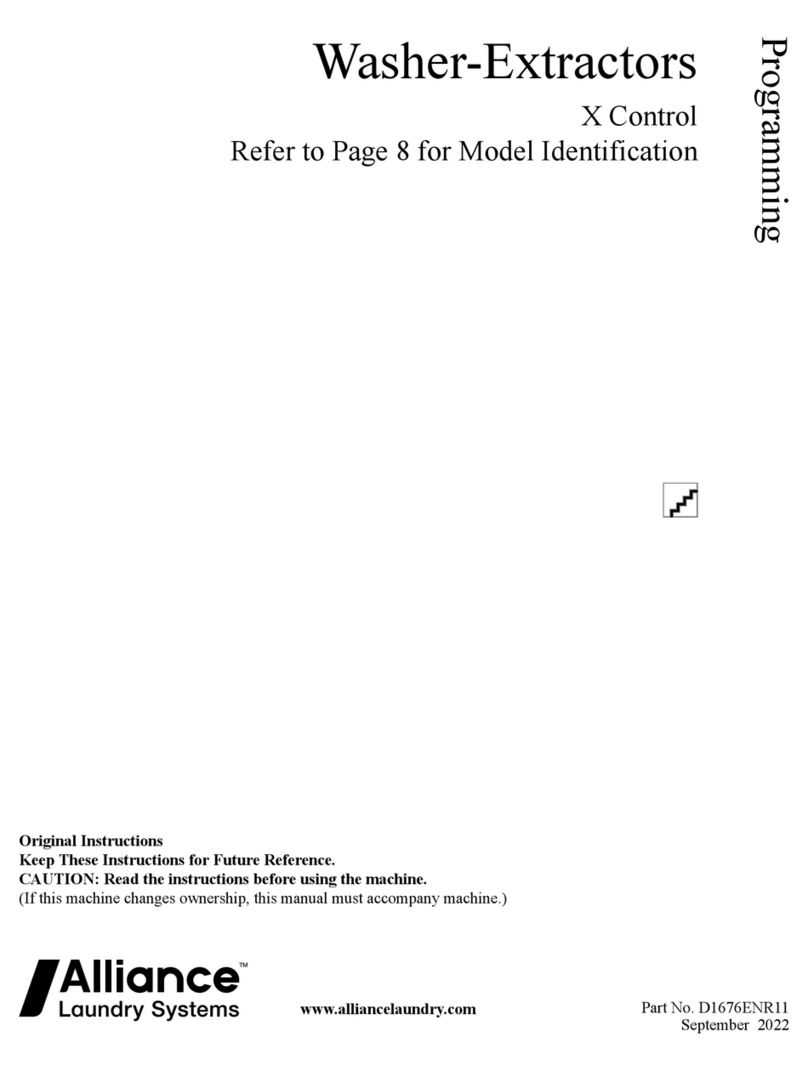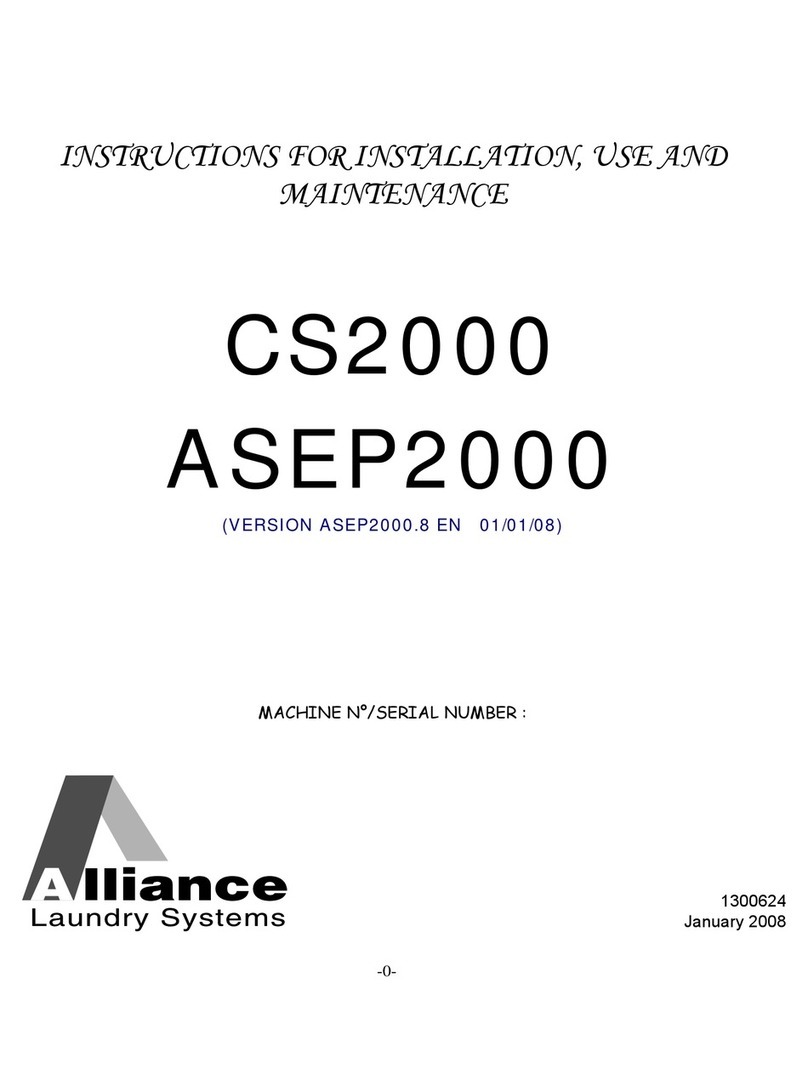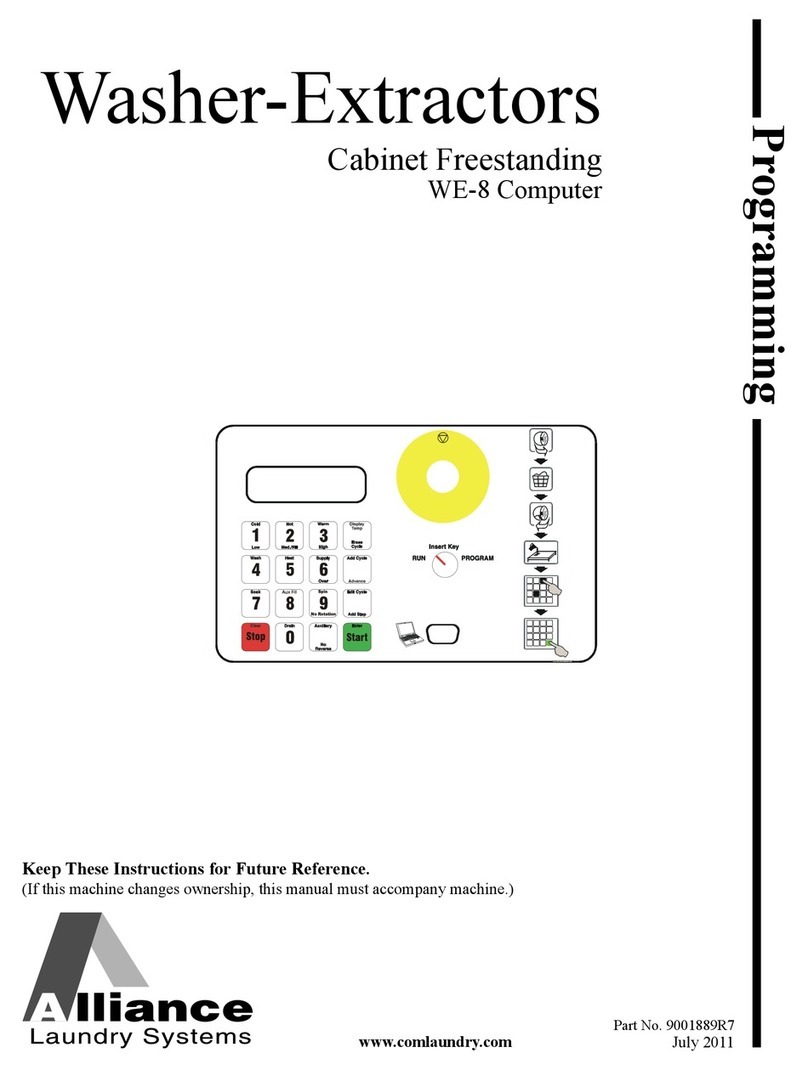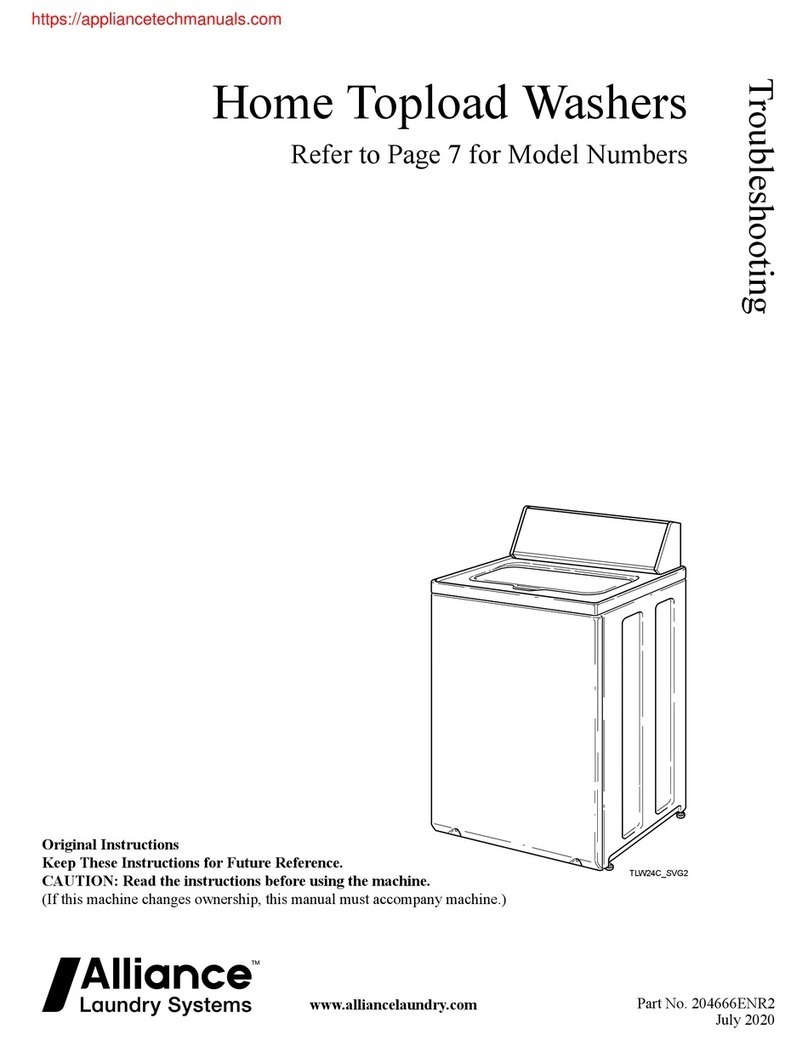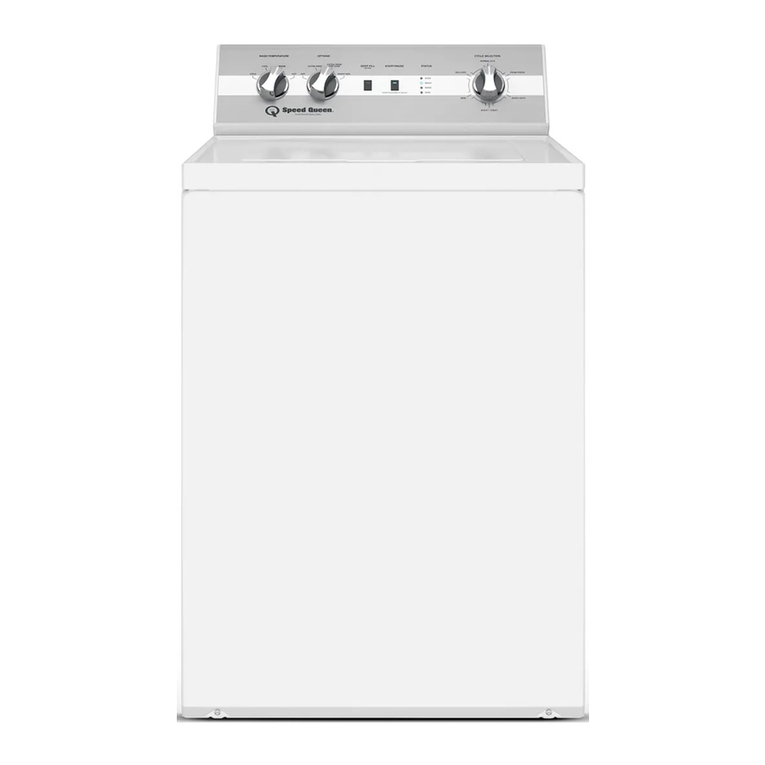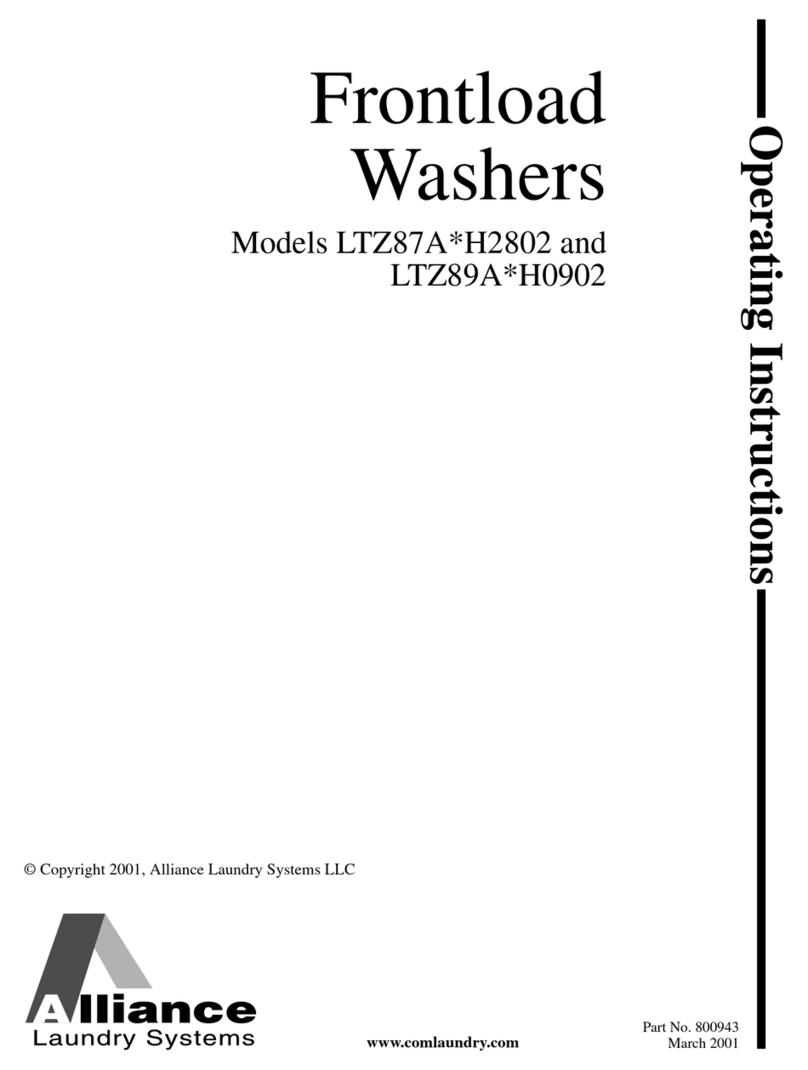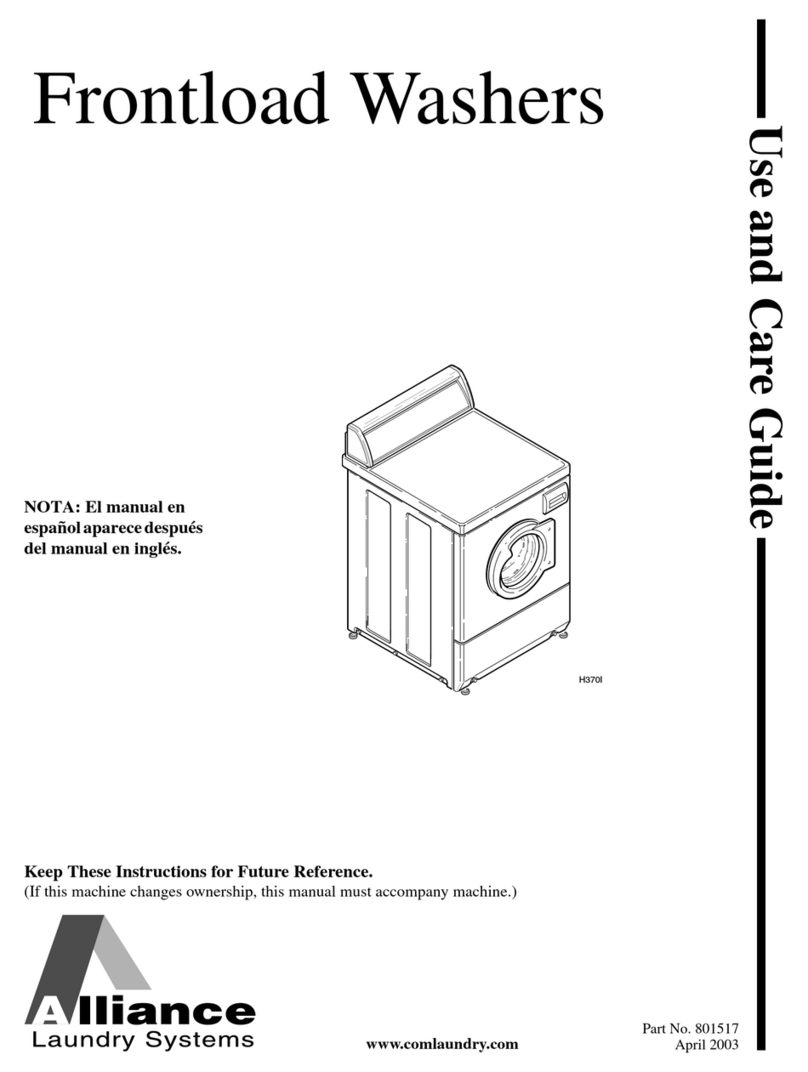
239979
Important Safety Instructions
(SAVE THESE INSTRUCTIONS)
1. Read all instructions before using the washer.
2. Refer to the EARTHING INSTRUCTIONS in
the INSTALLATION manual for the proper
earthing of the washer.
3. Do not wash articles that have been previously
cleaned in, washed in, soaked in, or spotted
with gasoline, dry-cleaning solvents, or other
flammable or explosive substances as they give
off vapors that could ignite or explode.
4. Do not add gasoline, dry-cleaning solvents, or
other flammable or explosive substances to the
wash water. These substances give off vapors
that could ignite or explode.
5. Under certain conditions, hydrogen gas may be
produced in a hot water system that has not
been used for two weeks or more.
HYDROGEN GAS IS EXPLOSIVE. If the hot
water system has not been used for such a
period, before using a washing machine or
combination washer-dryer, turn on all hot
water faucets and let the water flow from each
for several minutes. This will release any
accumulated hydrogen gas. THE GAS IS
FLAMMABLE. DO NOT SMOKE OR USE
AN OPEN FLAME DURING THIS TIME.
6. Do not allow children to play on or in the
washer. Close supervision of children is
necessary when the washer is used near
children. This is a safety rule for all appliances.
7. Before the washer is removed from service or
discarded, remove the door to the washing
compartment.
8. Do not reach into the washer if the washtub or
agitator is moving.
9. Do not install or store the washer where it will
be exposed to water and/or weather.
10. Do not tamper with the controls.
11. Do not repair or replace any part of the
washer, or attempt any servicing unless
specifically recommended in the User-
Maintenance instructions or in published User-
Repair instructions that you understand and
have the skills to carry out.
12. To reduce the risk of an electric shock or fire,
DO NOT use an extension cord or an adapter
to connect the washer to the electrical power
source.
13. Use your washer only for its intended purpose,
washing clothes.
14. ALWAYS disconnect the washer from
electrical supply before attempting any service.
Disconnect the power cord by grasping the
plug, not the cord.
15. Install the washer according to the
INSTALLATION INSTRUCTIONS. All
connections for water, drain, electrical power
and earthing must comply with local codes and
be made by licensed personnel when required.
Do not do it yourself unless you know how!
16. To reduce the risk of fire, clothes which have
traces of any flammable substances such as
vegetable oil, cooking oil, machine oil,
flammable chemicals, thinner, etc. or anything
containing wax or chemicals such as in mops
and cleaning cloths, must not be put into the
washer. These flammable substances may
cause the fabric to catch on fire by itself.
17. Do not use fabric softeners or products to
eliminate static unless recommended by the
manufacturer of the fabric softener or product.
18. Keep your washer in good condition. Bumping
or dropping the washer can damage safety
features. If this occurs, have your washer
checked by a qualified service person.
19. If the supply cord is damaged, it must be
replaced by a special cord or assembly
available from the manufacturer or its service
agent.
20. Be sure water connections have a shut-off valve
and that fill hose connections are tight. CLOSE
the shut-off valves at the end of each wash day.
To reduce the risk of fire, electric shock,
serious injury or death to persons when
using your washer, follow these basic
precautions: W023E
WARNING
